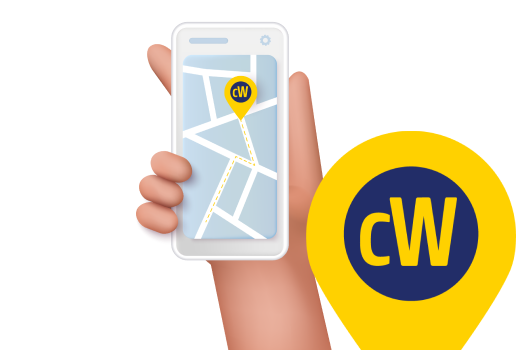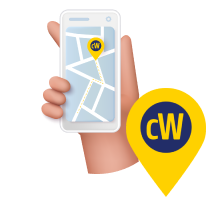
When to Call Your Doctor for Your Child’s Wart
Warts are quite common in kids, so usually nothing to worry about. In most cases, you can use a wart removal treatment made specifically for kids and, in time, the wart will go away. The question is: how do you know if or when your child should see their doctor for the wart?
In this article, we’ll tell you when to talk to a doctor first so you have peace of mind.
7 Reasons to See a Doctor First to Treat Your Child’s Wart
1. Your child is too young to use over-the-counter treatments—even those made for kids.
Our medicated wart removal bandages (Compound W® One Step Strips For Kids) can be used on kids ages 3 and up. If your infant or toddler has a wart, especially if they are under age 3, see your doctor first before trying any wart treatment.
2. Your child has certain medical conditions.
Regardless of age, if your child has very sensitive skin, diabetes or a medical condition that makes it harder to heal, call your doctor before beginning any wart removal treatment.
3. Warts are on your child’s face or genital area.
Both the face and genital area are covered in sensitive skin, so you want to be careful with anything you apply to these areas, in general. If warts are in either area, your child should see the doctor first. Warts on the face are typically harmless common warts, but because of the visible location and delicate skin, it’s helpful to get a doctor’s opinion before treating the wart yourself. Warts in the genital area, however, need a different kind of treatment.
4. The wart is painful, red, swollen, bleeding or oozing.
Warts on kids typically are not painful, but if they are, your child’s doctor may decide to remove them. If a wart is red, swollen, bleeding or pus is coming out of it, you will want to see a doctor to make surean infection is not present..
5. The wart is located in a place on the body that interferes with activities.
Warts commonly occur on hands, fingers and feet—body parts that are very active in kids. A wart on a finger could make it painful to write in school. A wart on a foot could cause quite a bit of discomfort when wearing shoes or sneakers. Because wart treatments can take time to heal, it may make sense to see a doctor to try and prevent more pain and discomfort. If the wart is interfering with activities, there is also a chance it could get accidentally torn, causing more pain and possible infection.
6. You're not sure if the growth or lump on your child is a wart.
Warts on kids (and adults) come in odd and different shapes and sizes. It’s not always easy to tell if a lump is a wart or some other type of growth. Doctors are trained to identify warts, skin growths and masses and they have the necessary tools to examine them. It’s much easier for a doctor to say with certainty if it is a wart than for parents.
7. Warts spread to new places on the body.
Viruses that cause warts are called human papillomavirus (HPV). You are more likely to get one of these viruses if you cut or damage your skin in some way. Wart viruses are contagious. If your child had one wart and you notice more are starting to appear, it is time to seek treatment to stop the spread. It is important to prevent the spread of that virus and your doctor can help assist.
Treating Your Child’s Wart at Home
If your child’s doctor recommends a home wart removal treatment, you can trust Compound W®. We have wart treatments made just for kids—to treat, cushion, and conceal common warts and plantar warts. Our fun-to-wear Compound W® One Step Strips For Kids are medicated bandages with a kid-friendly design. These bandages are waterproof and safe to use on children ages 3 and up.
Our new Compound W® Freeze-OffTM for Kids is specifically made for kids ages 4 and up and contains our unique AccuFreeze™ wart removal system that targets the wart while helping protect healthy skin from irritation or damage.
Use these products as directed and feel free to ask your doctor which one might be better for your child’s wart.


